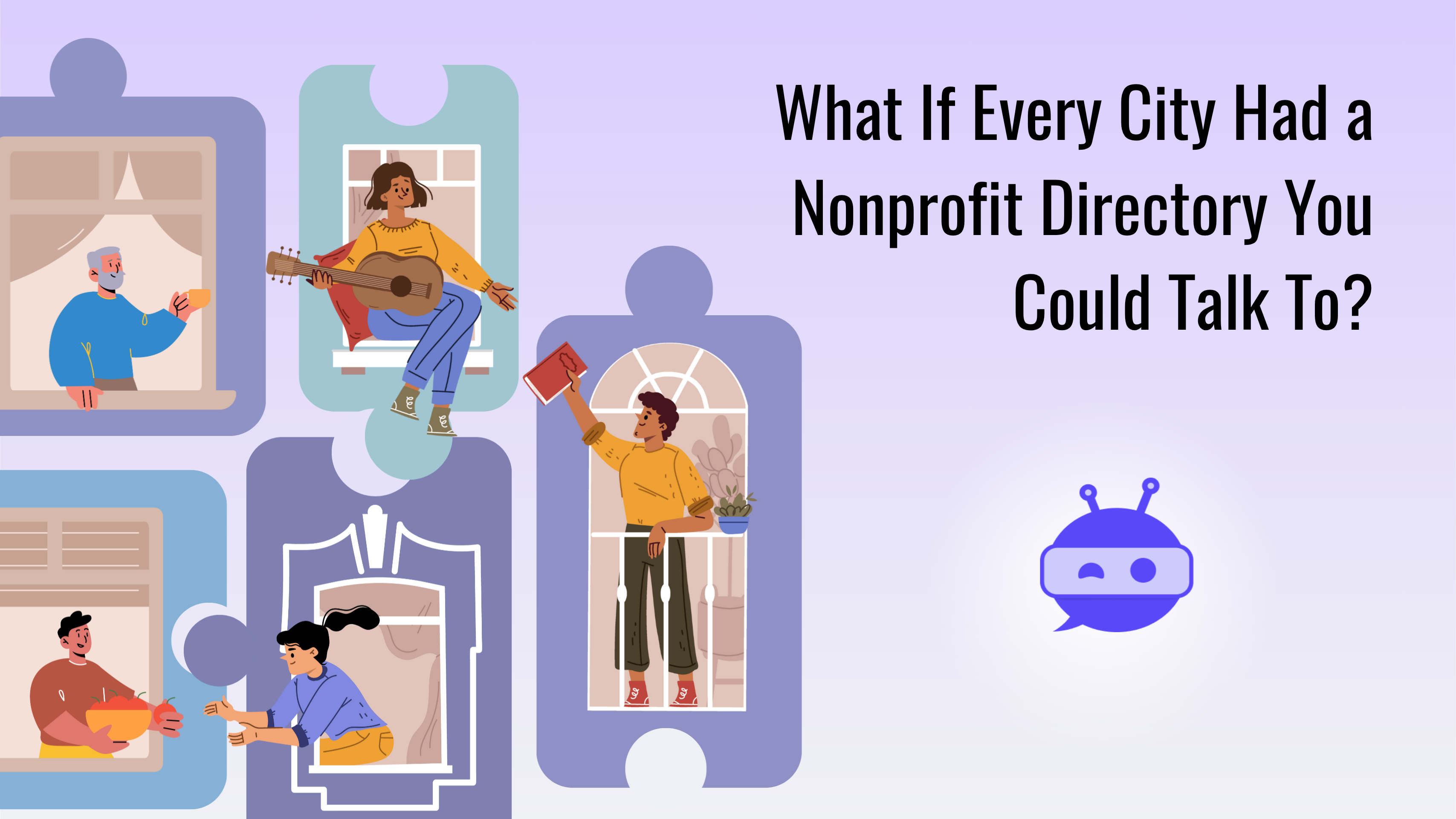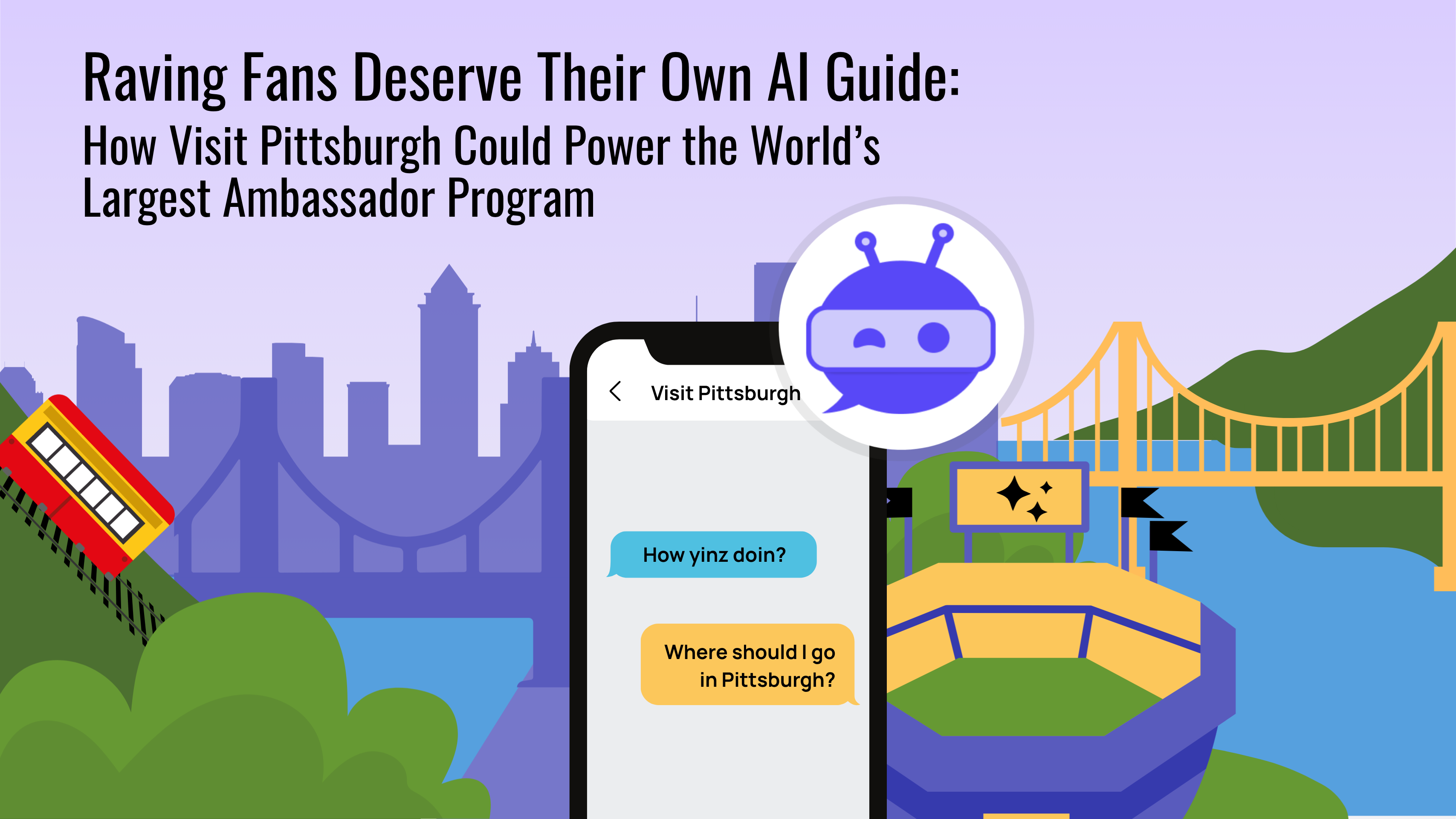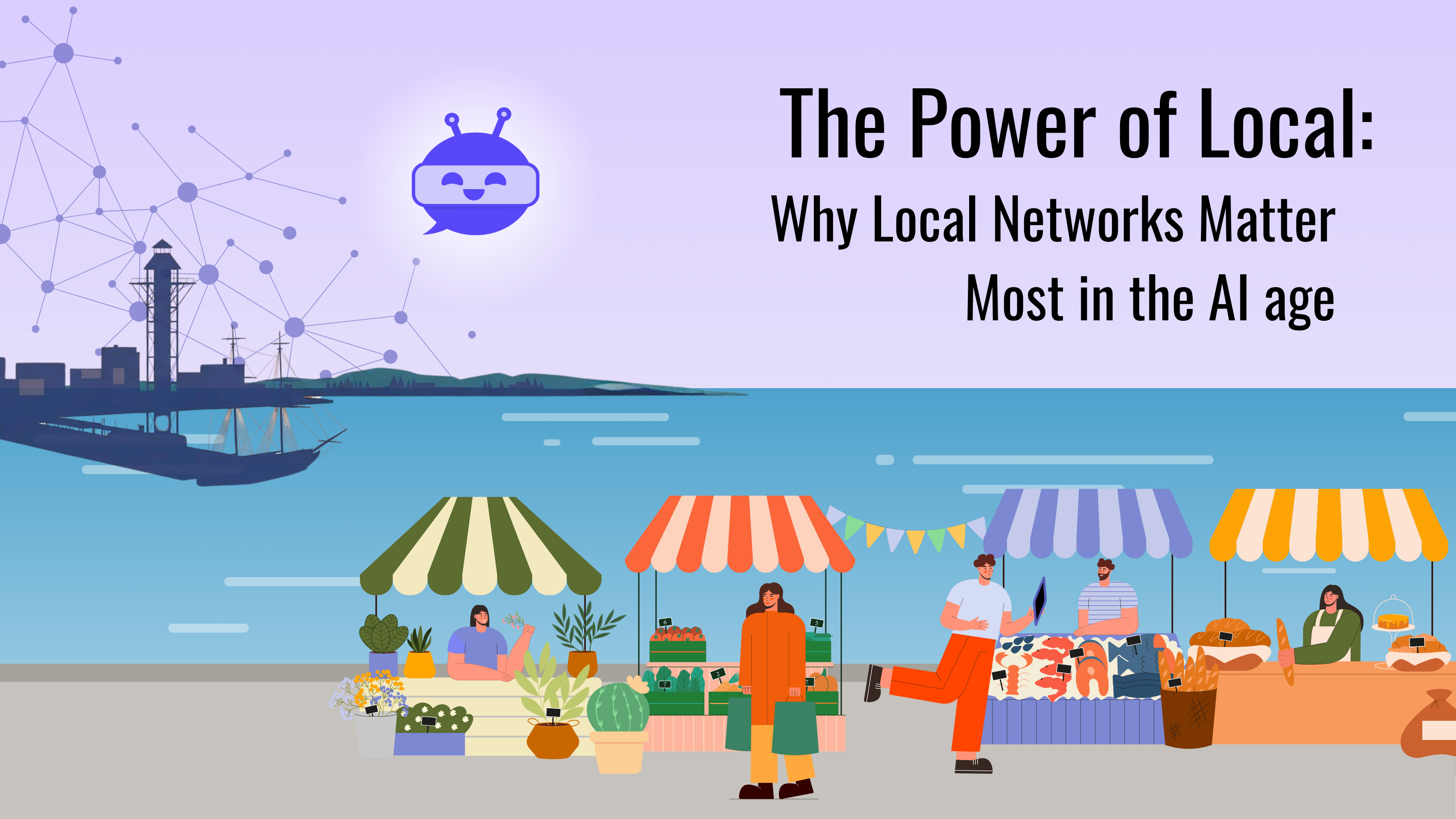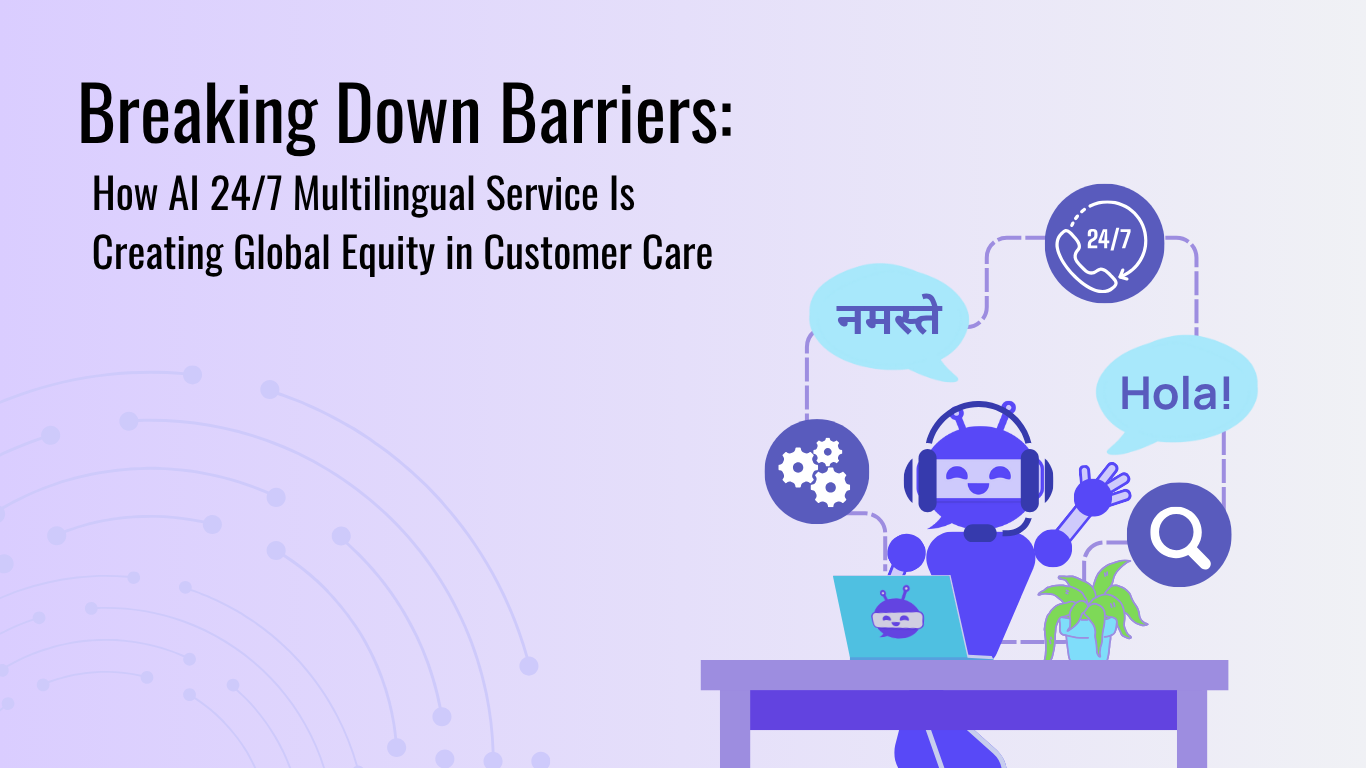Research (and likely your intuition) consistently remind us that first impressions have a massive impact on relationships, including workplace culture. A Princeton study found that people form impressions of others in less than one-tenth of a second. That’s faster than just about everything except the speed of light, sound waves and nerve impulses. These initial reactions, including judgments, are hard to change, and once locked in, they shape how we perceive someone's credibility, competence, and trustworthiness. In the (remote or in person) workplace, a well-handled introduction can increase team culture and productivity, while poor introductions can lead to confusion about who is doing what and nothing good comes from that lack of clarity.








.png)



.png)
.png)






.png)














.png)
.png)
.png)
.png)


%20Together%20(1).png)
.png)
.png)
.png)
.png)
.png)
.png)
.png)






























